

|
Dynamic Memory Allocation in C++
An Introduction |
|
Prof. David Bernstein
|
| Computer Science Department |
| bernstdh@jmu.edu |



|
Dynamic Memory Allocation in C++
An Introduction |
|
Prof. David Bernstein
|
| Computer Science Department |
| bernstdh@jmu.edu |





new operator is used to dynamically allocate
memory


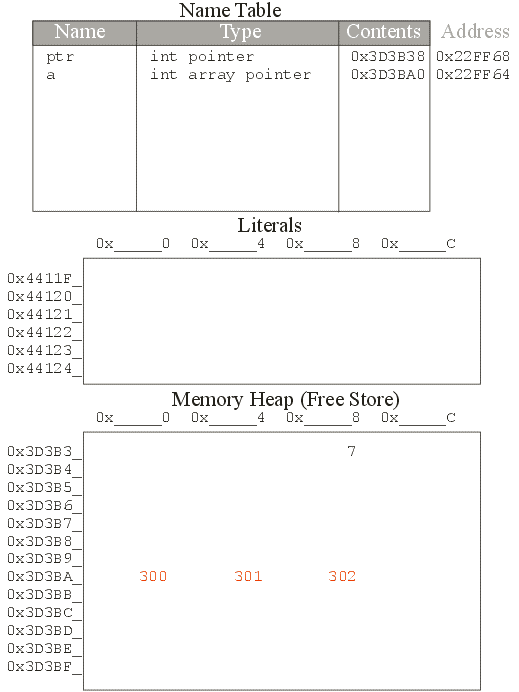


*a and a[0] are
syntactically different ways to refer to the same value
[] operator performs pointer arithemtic
and de-references the resulting pointer.



new:
delete operator in C++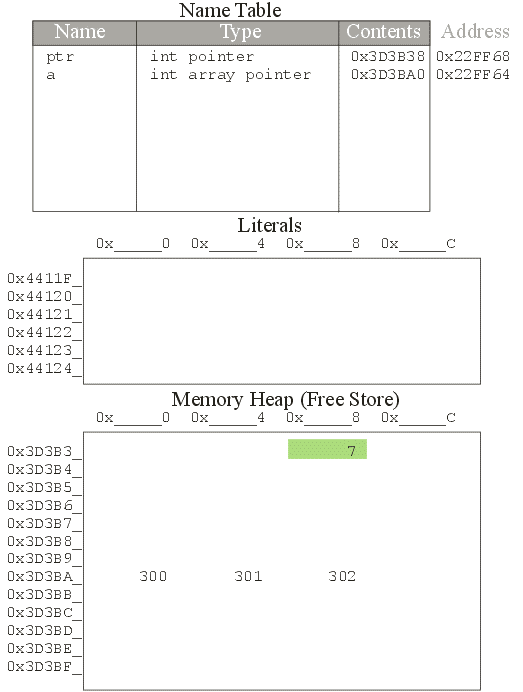


delete operator does not delete the
pointer, it takes the memory being pointed to
and returns it to the heap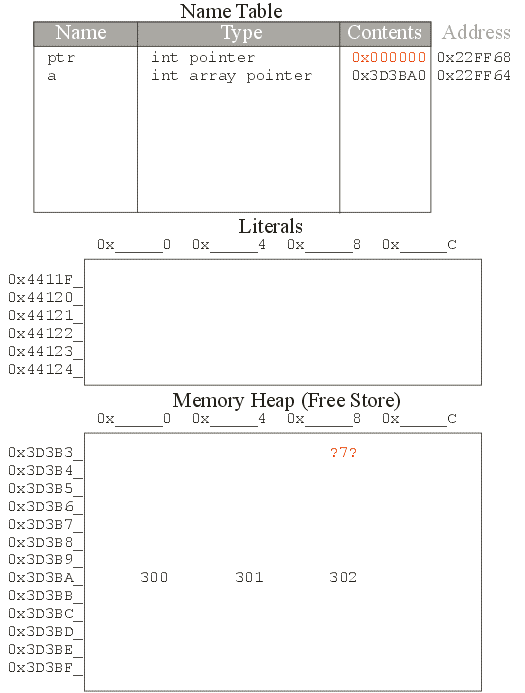




delete
operator is needed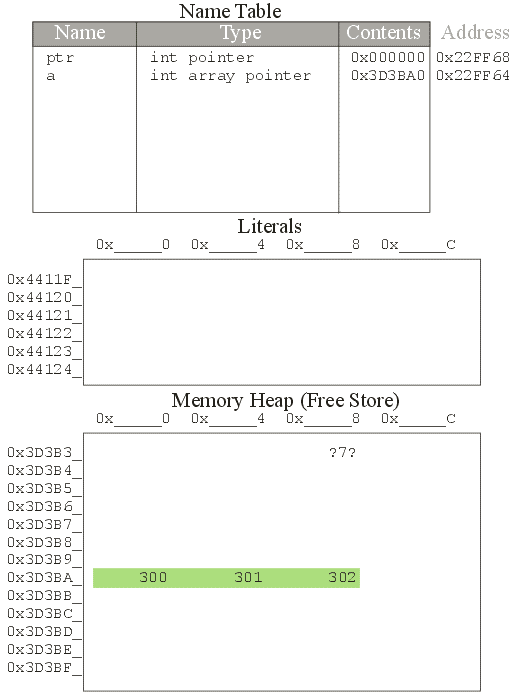


new operator but not returned to
the heap using the delete operator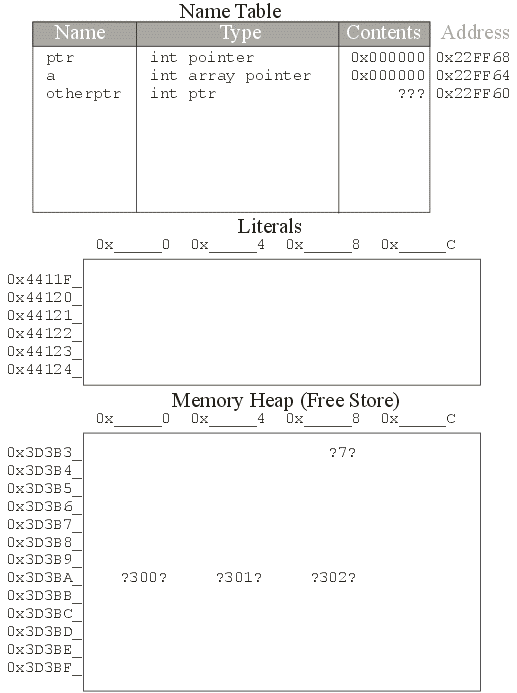




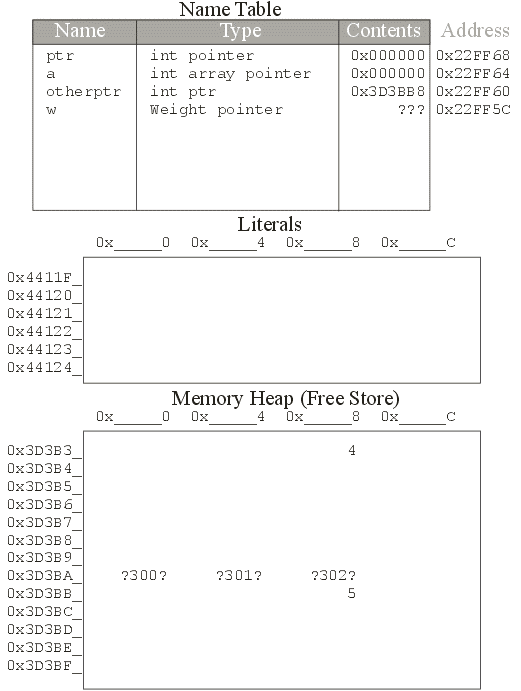


this->




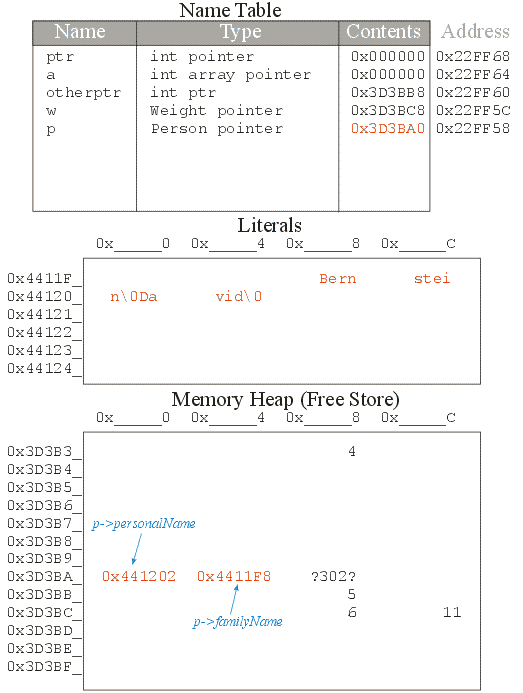


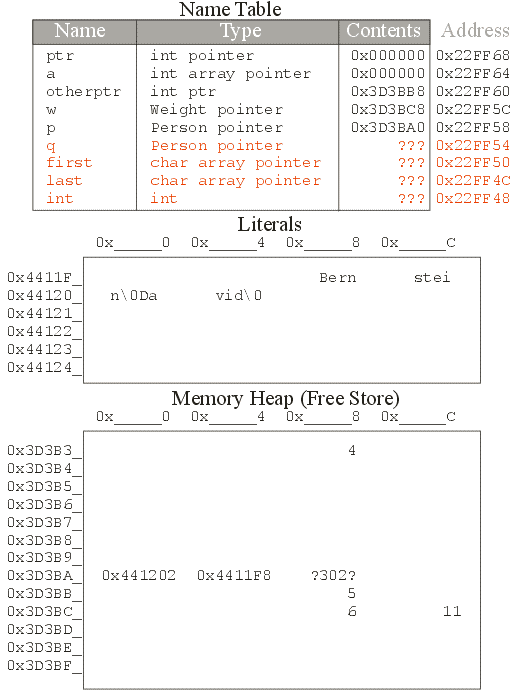


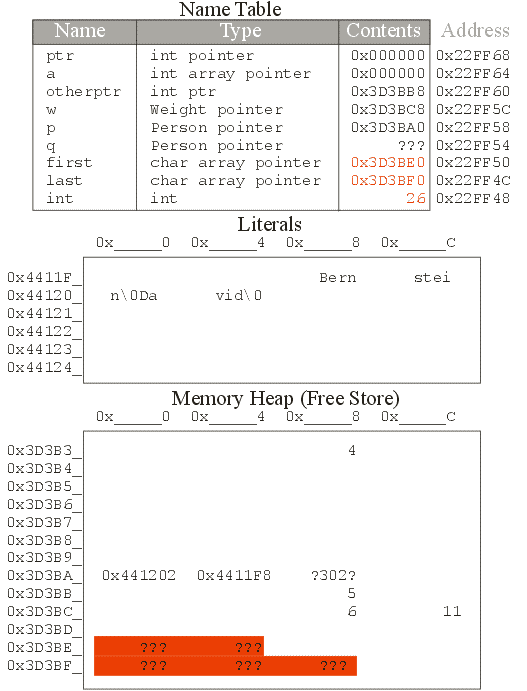


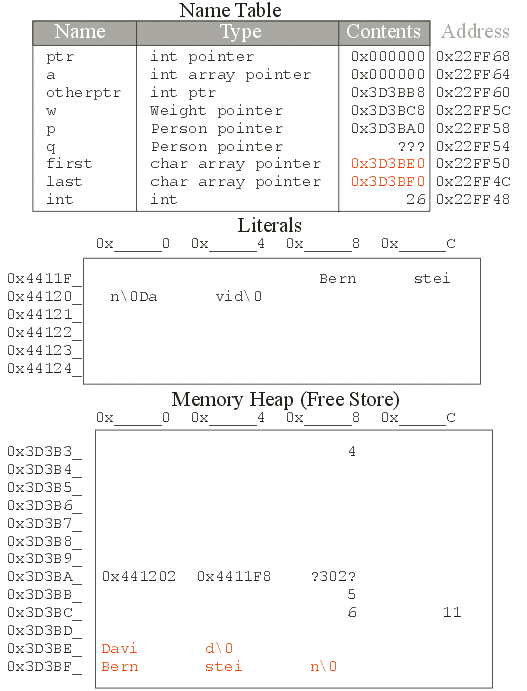


~ character)delete operator is applied to
a pointer to an object the object's destructor is
called





w is a pointer to the array
w is a Weight
object (not a reference to a Weight)
Weight is constructed using the
default constructor
main


main
that is passed command-line argumentsint main(int argc, const char *argv[])

